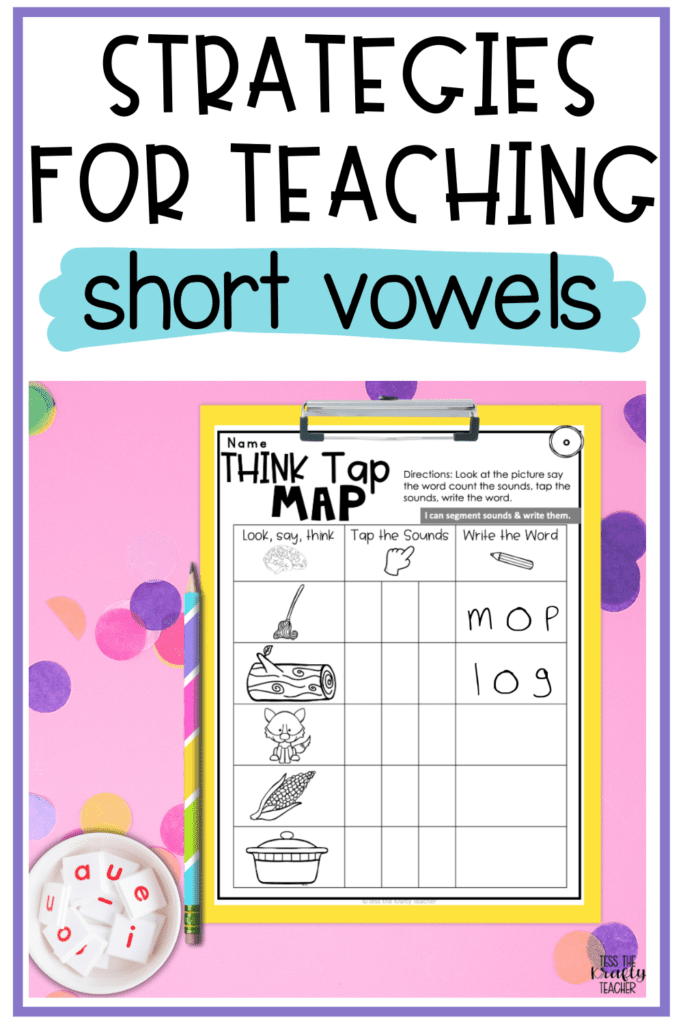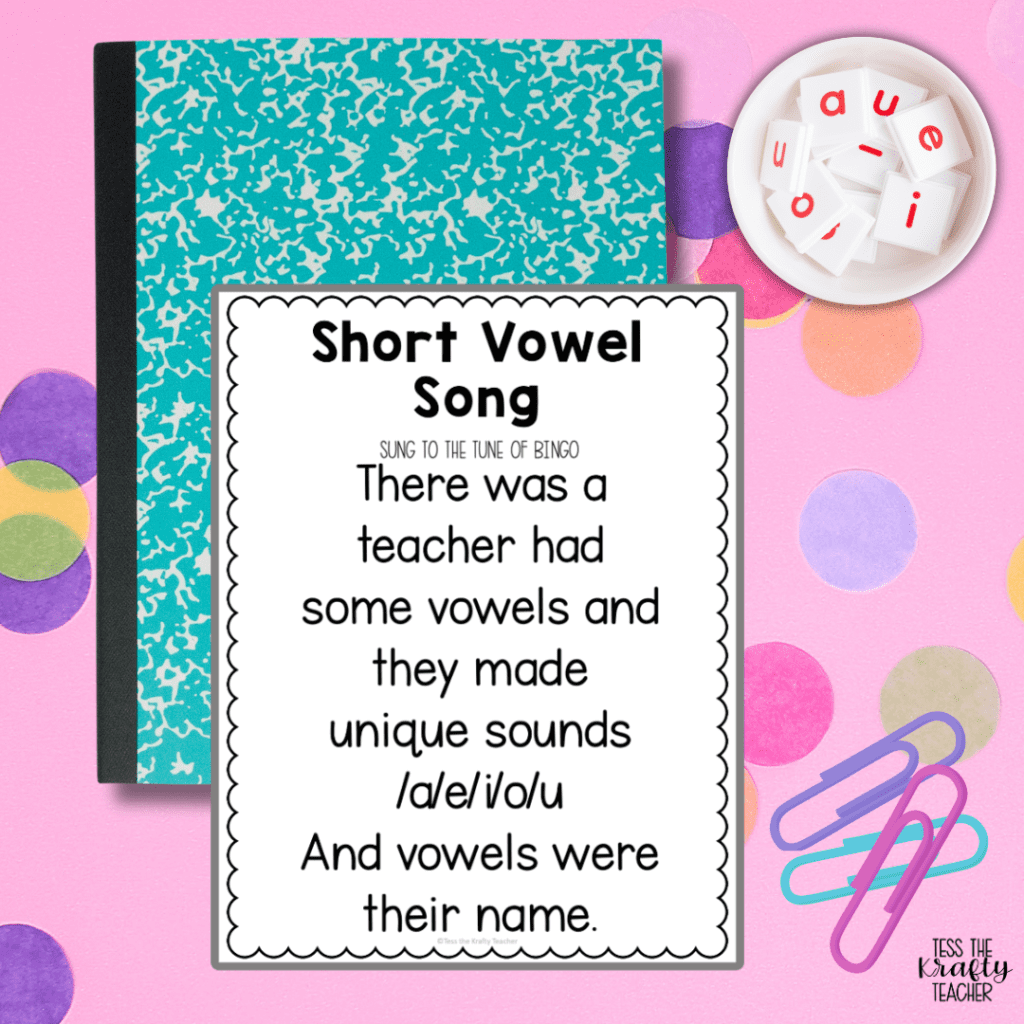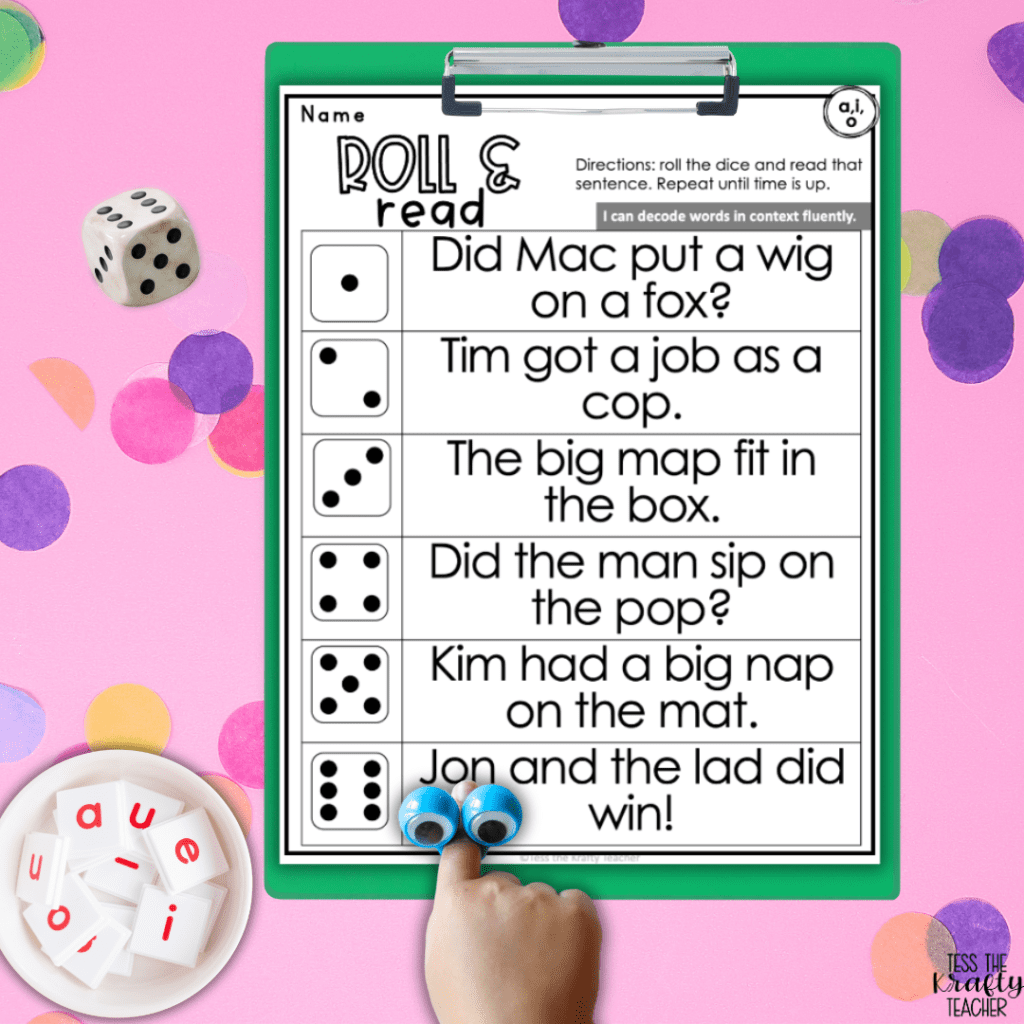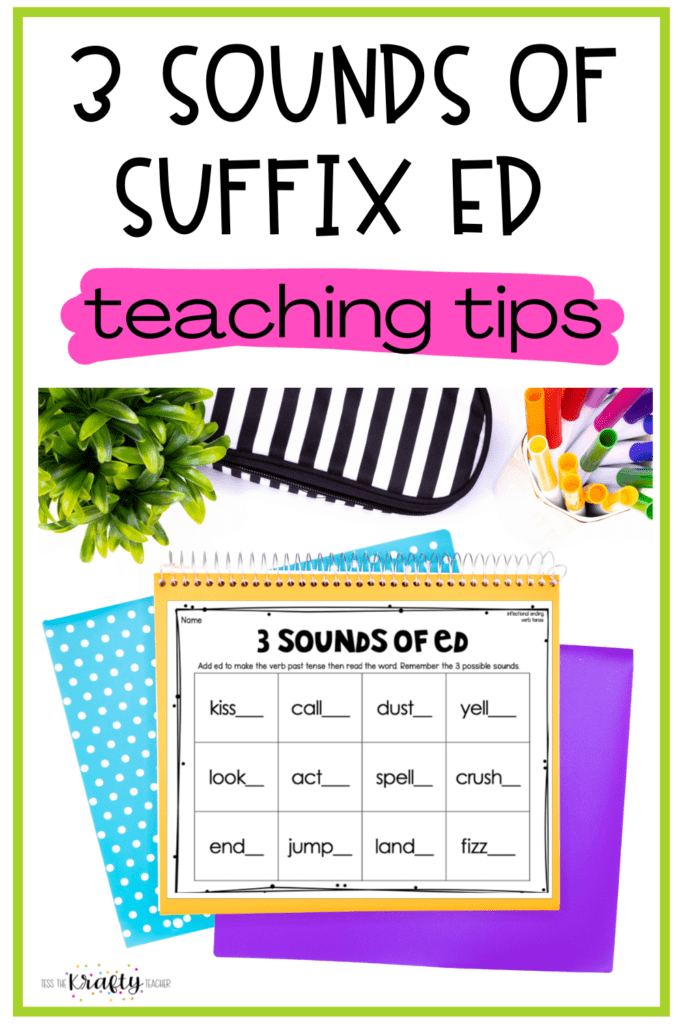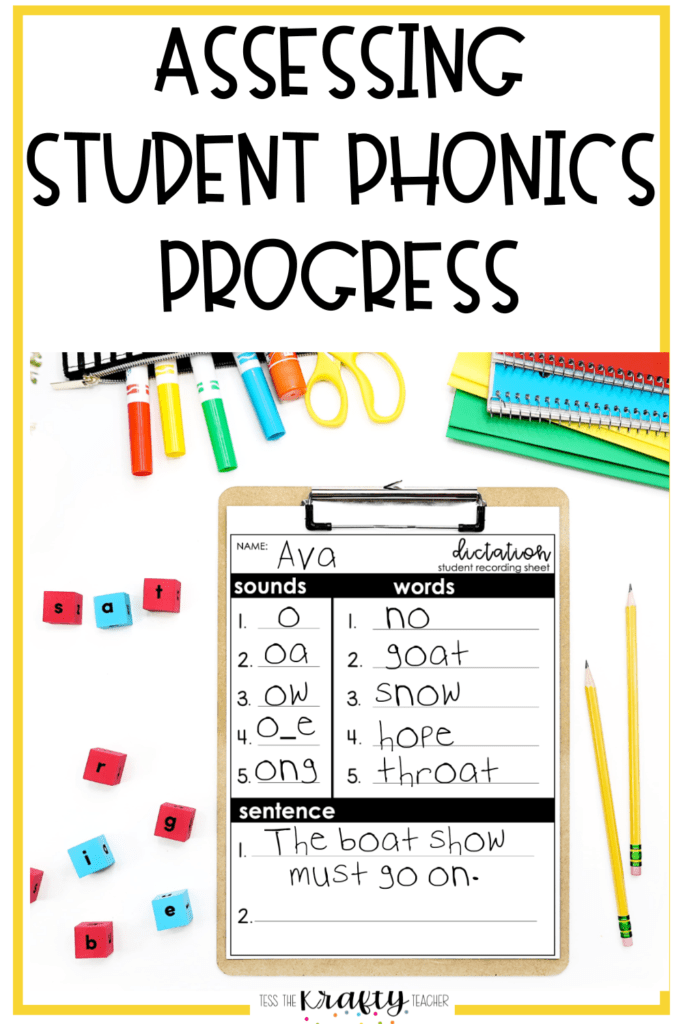Today, we’re diving into strategies for teaching CVC (Consonant-Vowel-Consonant) or short vowel words to kindergarten and first-grade students using a variety of interactive tools and activities. Let’s explore the power of anchor charts, pocket charts, chants, and games like Spin and Write, Roll and Read, to create a dynamic and enriching learning environment. These strategies will provide multisensory instruction while still being direct and explicit supporting the Science of Reading and providing a Structured Literacy approach.
How important is teaching short vowels?
Teaching these short vowel sounds or closed syllables is crucial as they make up just under 50% or half of all syllables in English.
Pretty important right?
So after teaching or reviewing letter sounds it’s time to focus on closed syllables starting with CVC words. Today I am going to share 5 strategies for teaching short vowel words in a direct explicit systematic way in your classroom.
Create a CVC short vowel anchor chart.
Anchor charts serve as powerful visual aids in the classroom. Start by creating a vibrant anchor chart with the target CVC word at the center. Surround it with colorful illustrations of words that follow the same pattern. For example, if your focus is on the “-at” word family, feature words like cat, hat, bat, etc. During whole-group instruction, use the anchor chart to introduce and reinforce the concept of CVC words, engaging students in discussions about patterns and sounds.
Use a pocket chart for Building Words
Pocket charts are excellent tools for hands-on learning experiences. Create letter cards with consonants in one color and vowels in another and encourage students to actively participate in sorting, matching, and creating new words. Utilize interactive pocket chart activities during small group sessions to reinforce individual understanding. For example, have students work collaboratively to organize word cards into different word families, enhancing their phonemic awareness and recognition skills. Pocket charts are also good for teaching word chaining to show the one sound change.
Create a song or chant for students to Remember the focus skill
Introduce rhythm and melody into your phonics lessons with catchy songs and chants. Create simple and repetitive songs and chants allowing students to associate the sounds with movement and rhythm. Incorporate actions or claps to make it even more engaging. Chants can be a valuable tool during whole-group instruction, creating a lively and memorable atmosphere that enhances students’ retention of short vowel sounds.
Explicitly Teach Orthographic Mapping
It’s crucial to focus on orthographic mapping to help students solidify their understanding of CVC words. Orthographic mapping involves connecting sounds to the visual representation of those sounds in written form. Encourage students to trap sounds, write, and manipulate individual letters within CVC words. Use magnetic letters, sand trays, or interactive whiteboards to provide tactile experiences that reinforce the relationship between sounds and letters. By incorporating hands-on activities that promote orthographic mapping, students not only hear and say the sounds but also see and feel the letters, fostering a comprehensive understanding of CVC word structures. This multisensory approach enhances retention and lays a strong foundation for future literacy skills, setting the stage for confident and proficient readers in kindergarten and first grade.
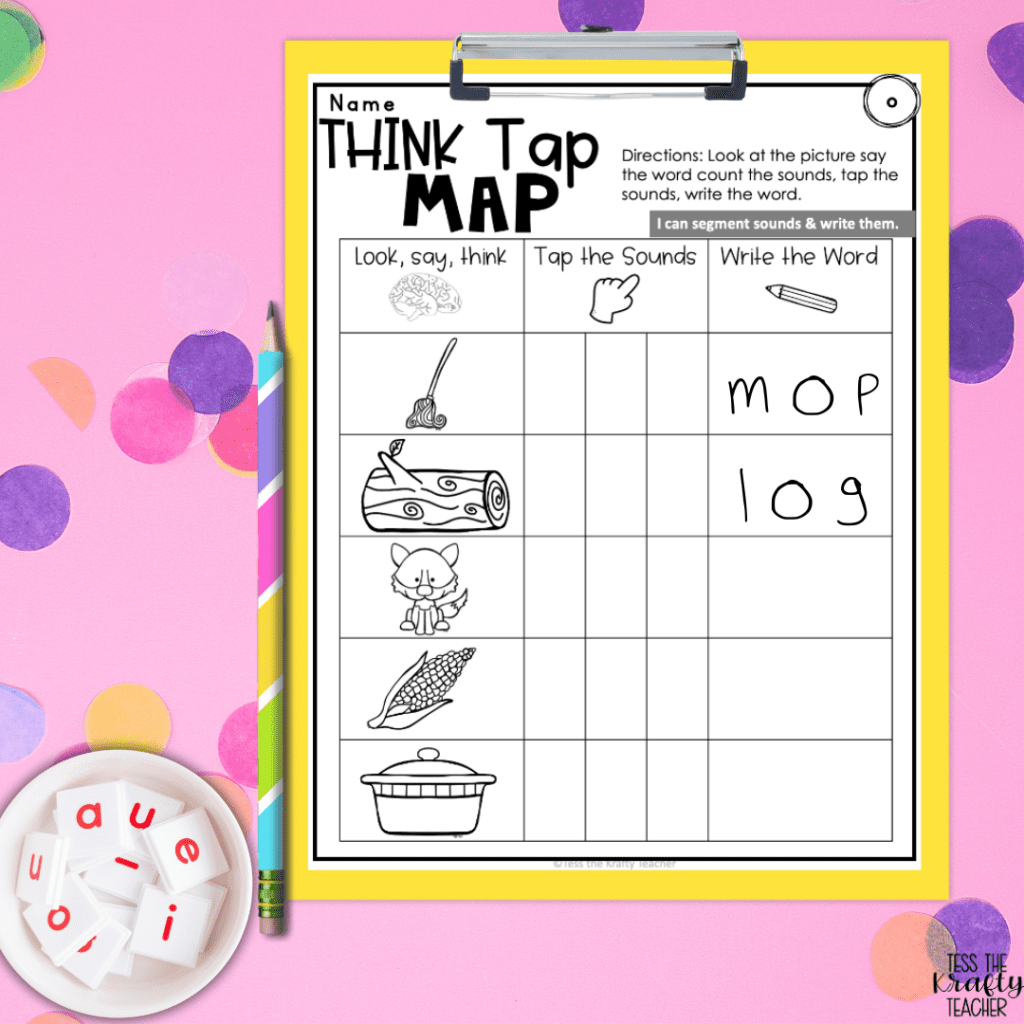
Building Fluency and Encoding through Games
Students love games and like I always say if you call it a game, it’s a game. Spin and Write and Roll and Read activities are nothing new but engage students in practice activities! These are great for small group stations on skills previously introduced to master skills. These games also encourage risk taking and build fluency as they are excited to play which can increase the speed. This is my favorite of the strategies for teaching short vowels or any phonics skill!
Have Students make Lasting Craftivities
The so called soft skills of cutting, gluing, and coloring are often overlooked but lead to excellent fine motor skills which are needed for many future skills. Craftivities include these as well as creativity, design, and problem solving. They will also be remembered fondly by students and their families. They are also a great item to put in the hallway to showcase what you are learning.
I hope you have enjoyed learning more strategies for teaching short vowels and have some new ideas to use in your classroom. Teaching phonics is crucial and can seem like a lot of work, which is why I created my Short Vowels Phonics Unit which includes everything mentioned in this post done for you!
If you would like to grab my unit designed for first grade click here.
It will also work in Kindergarten after you have explicitly taught letter sounds and blending.
PIN FOR LATER
